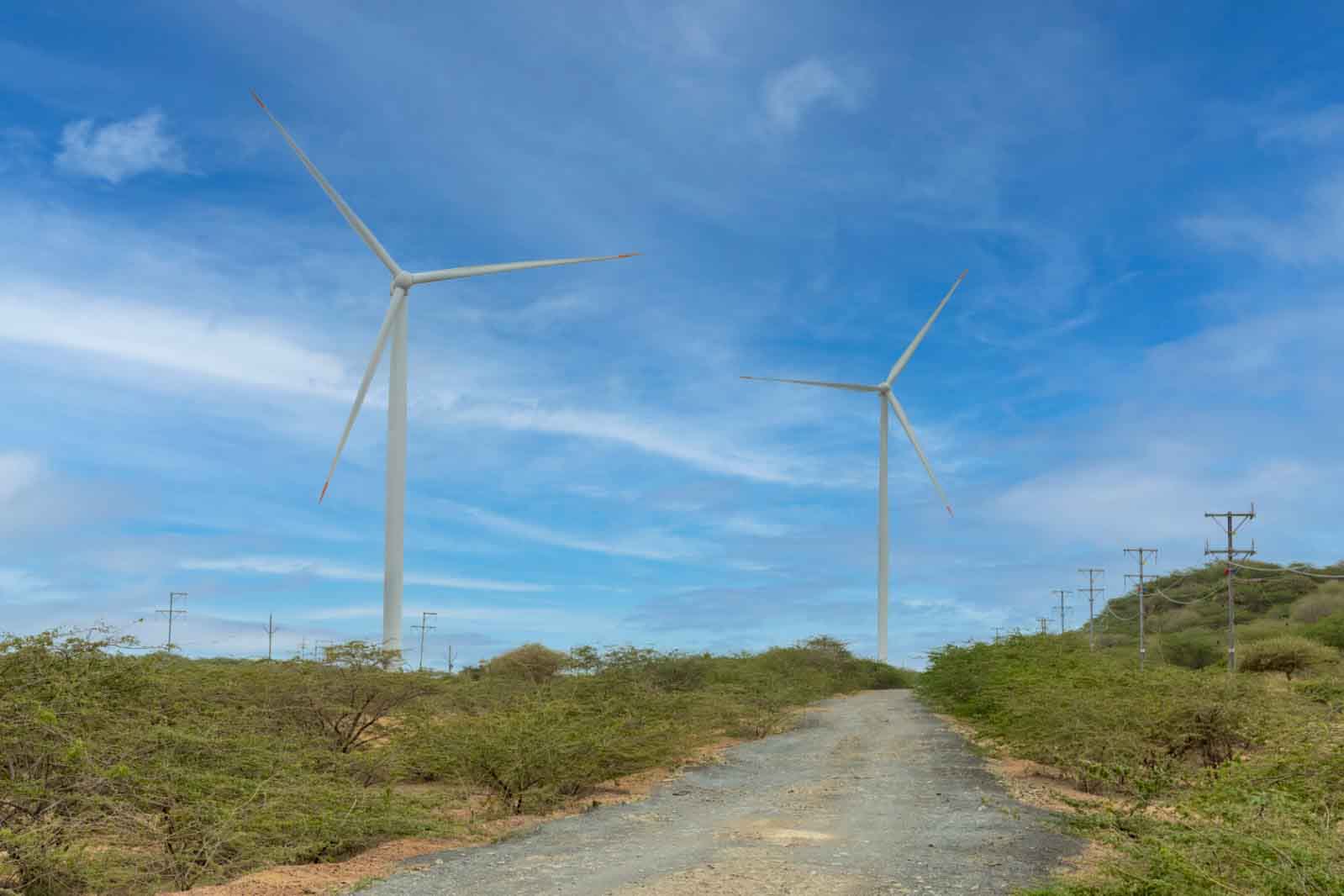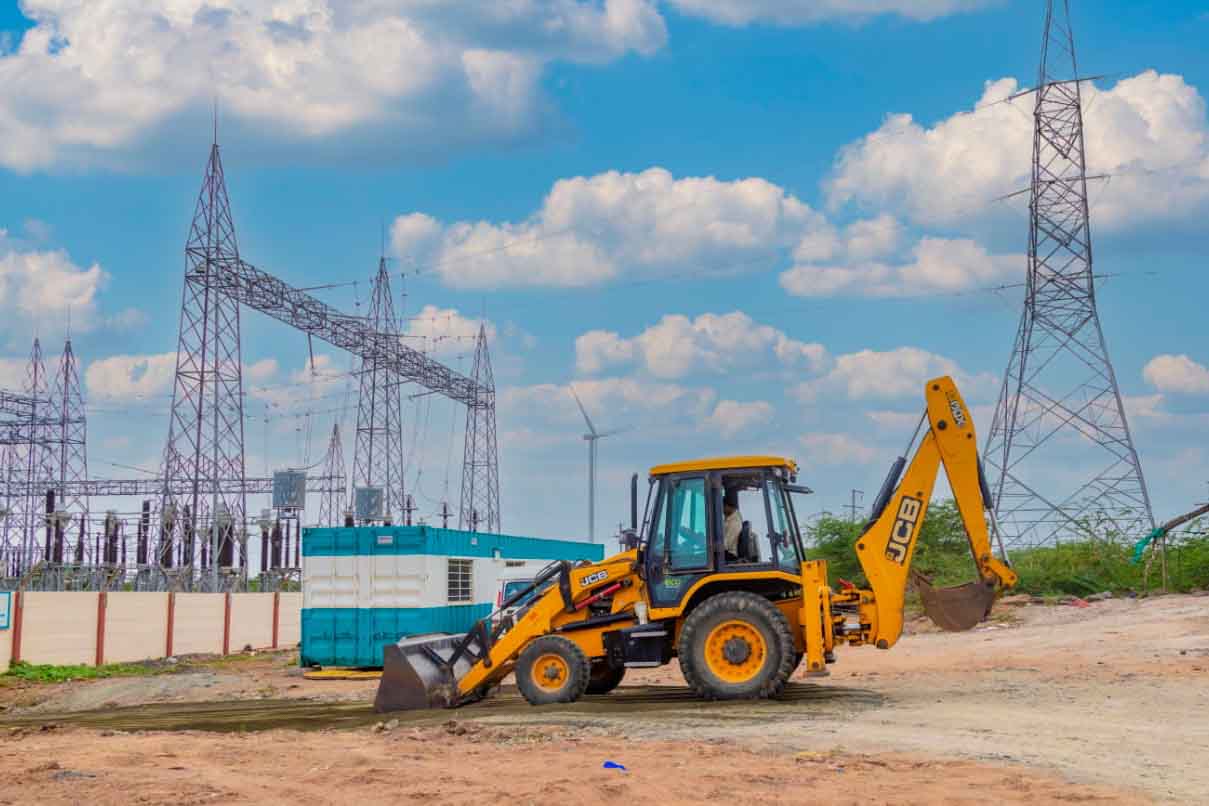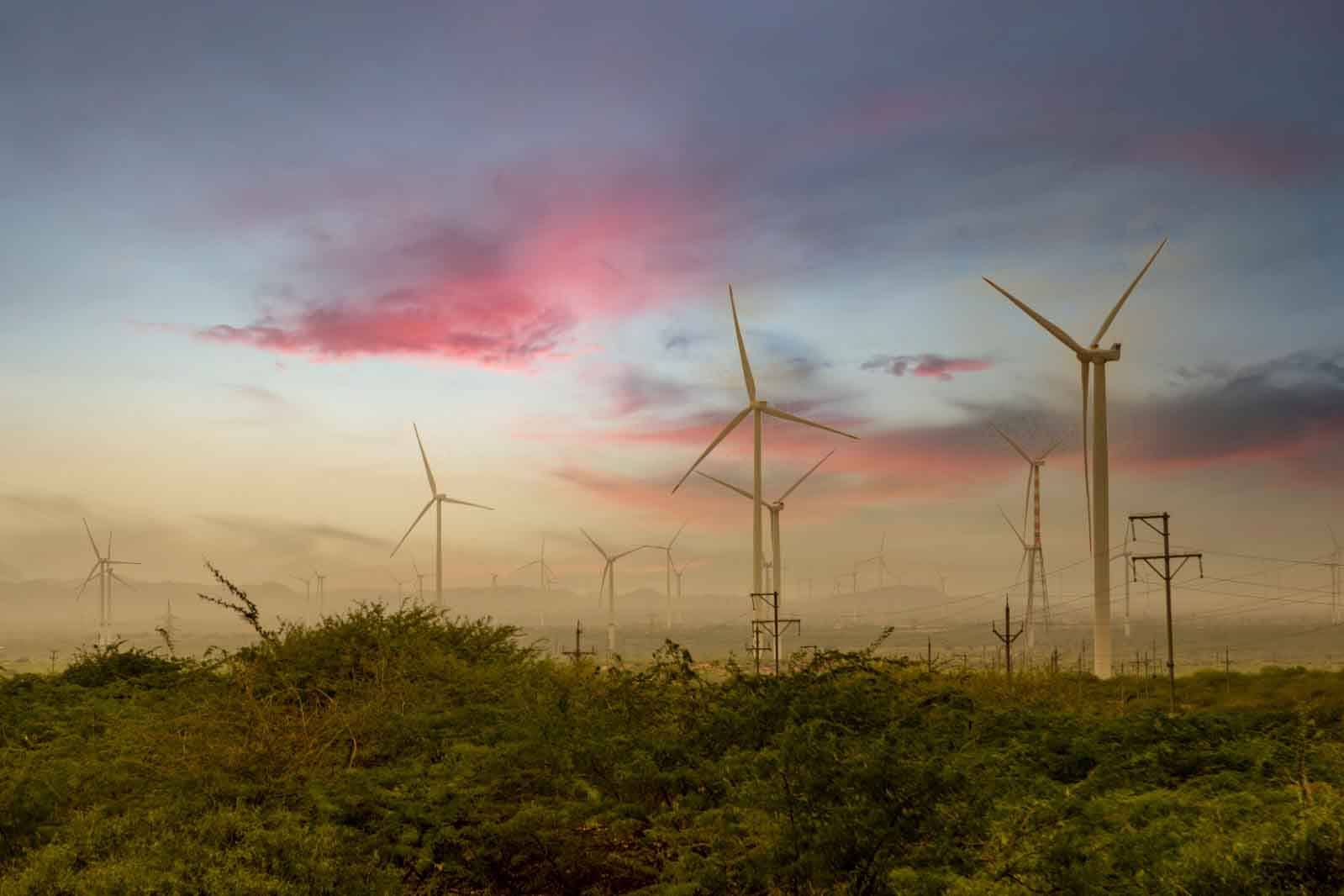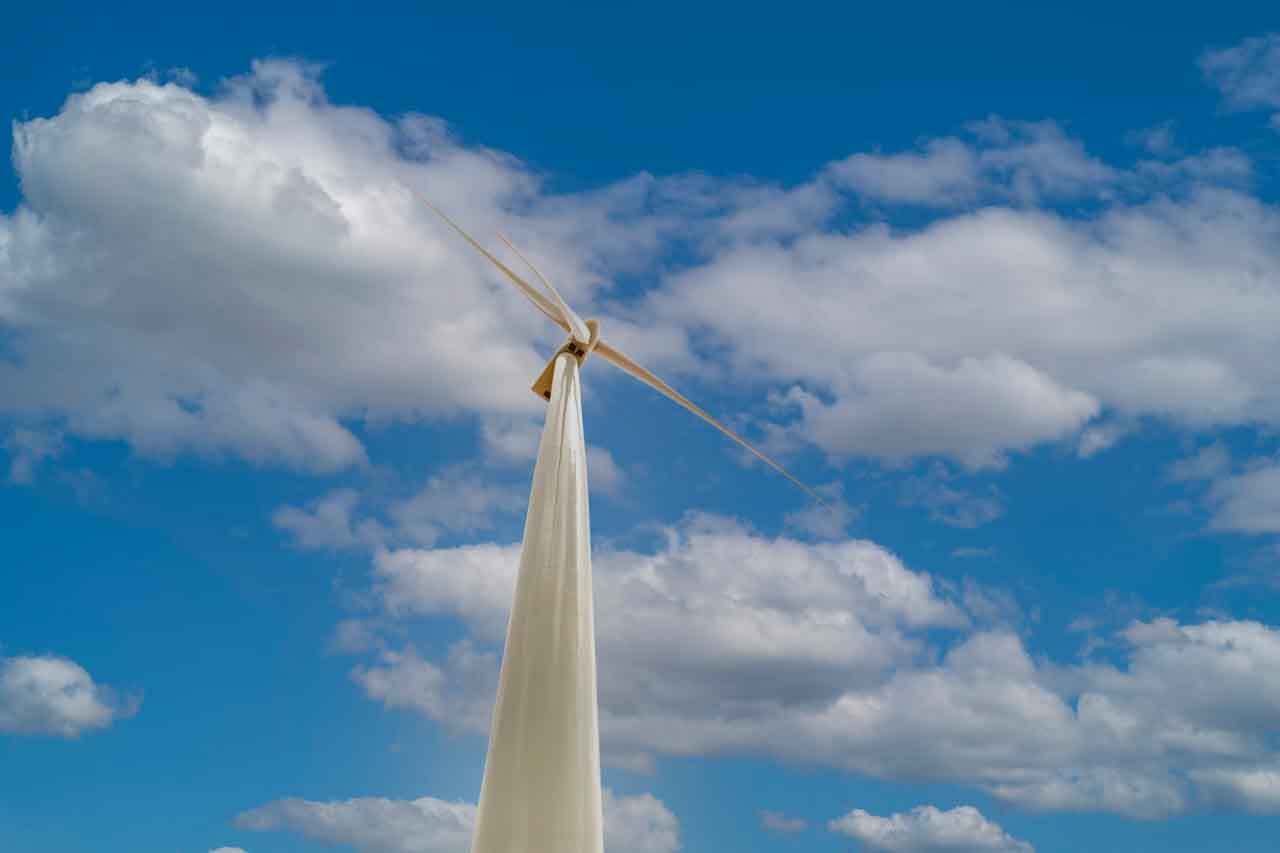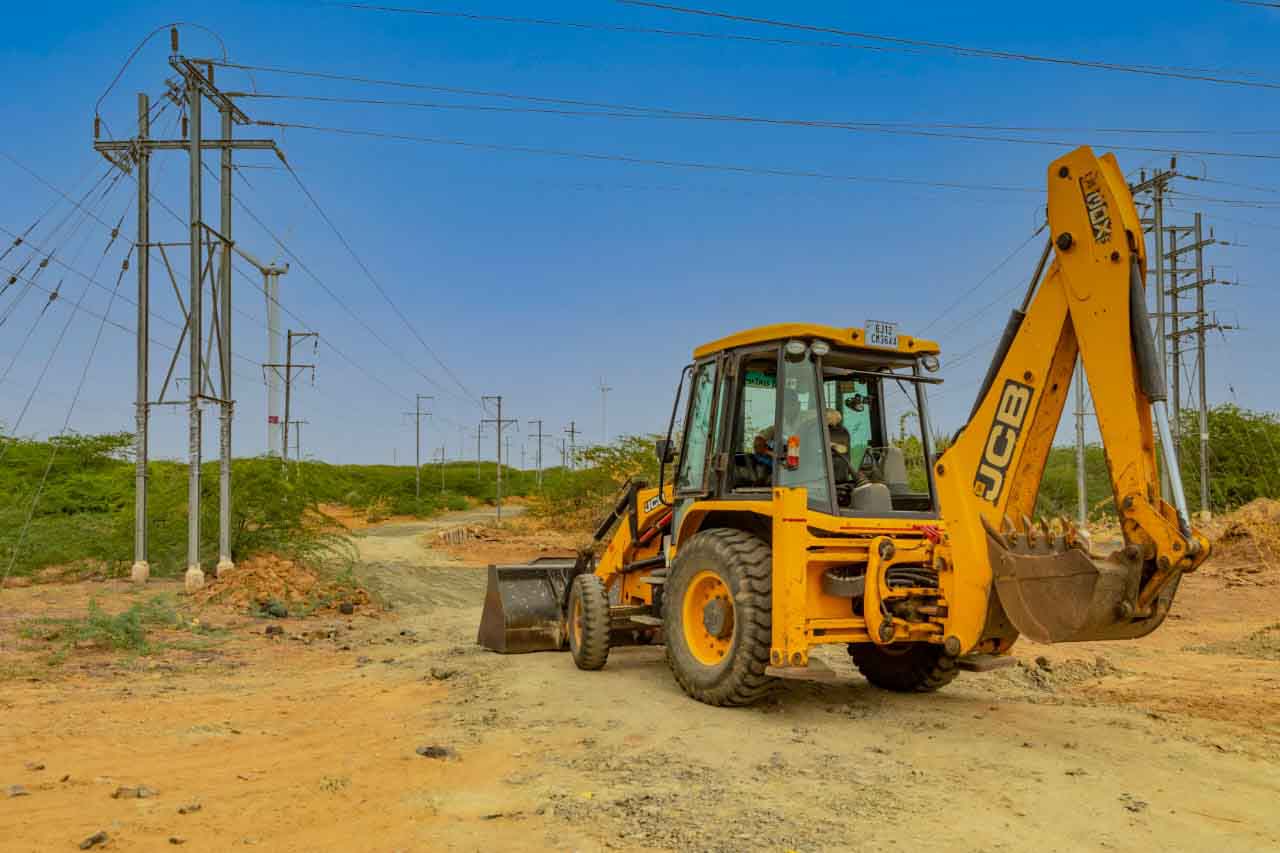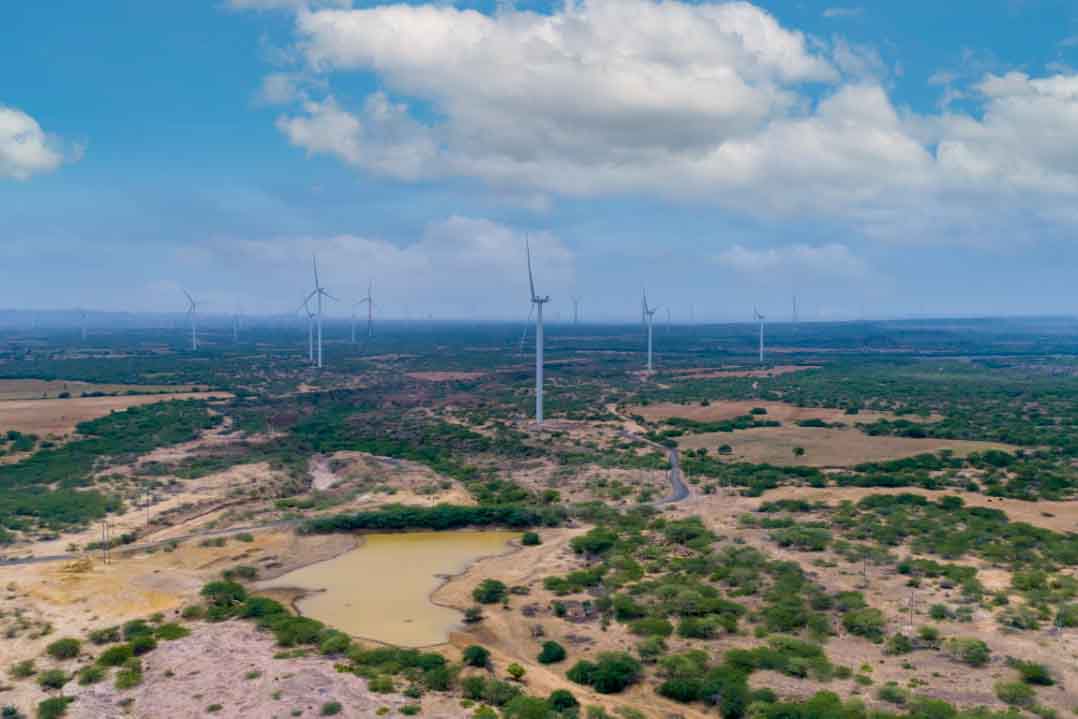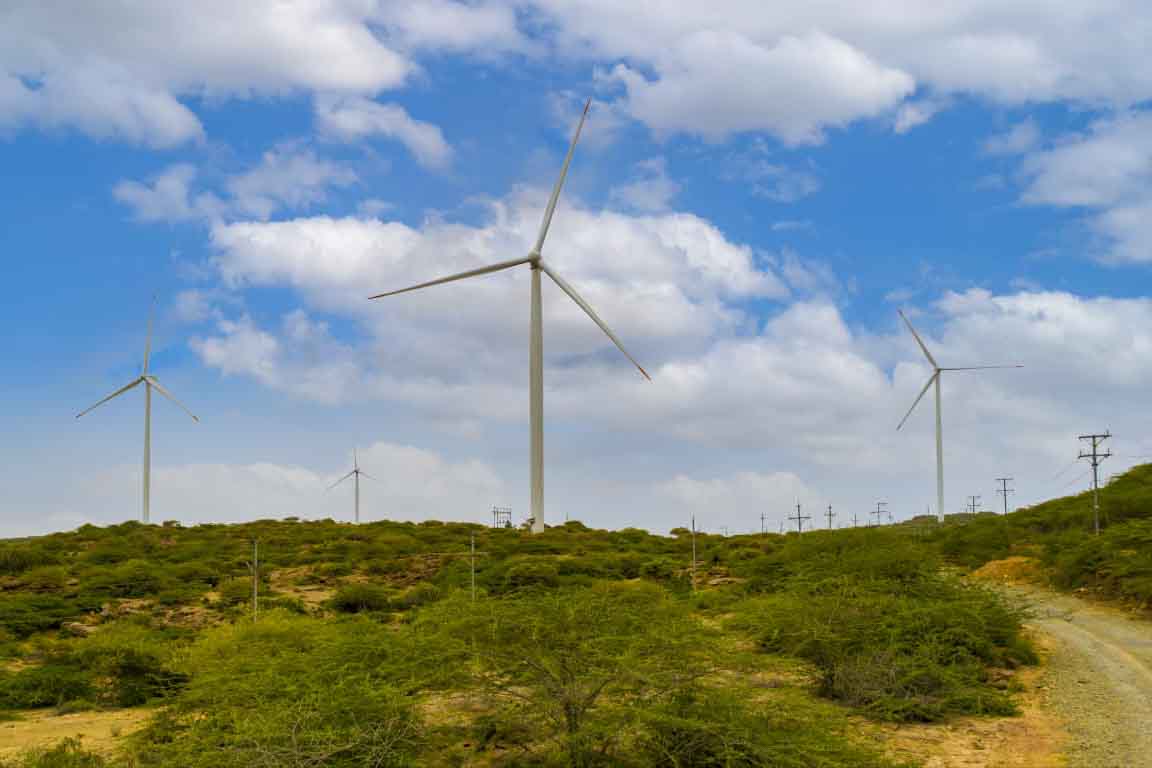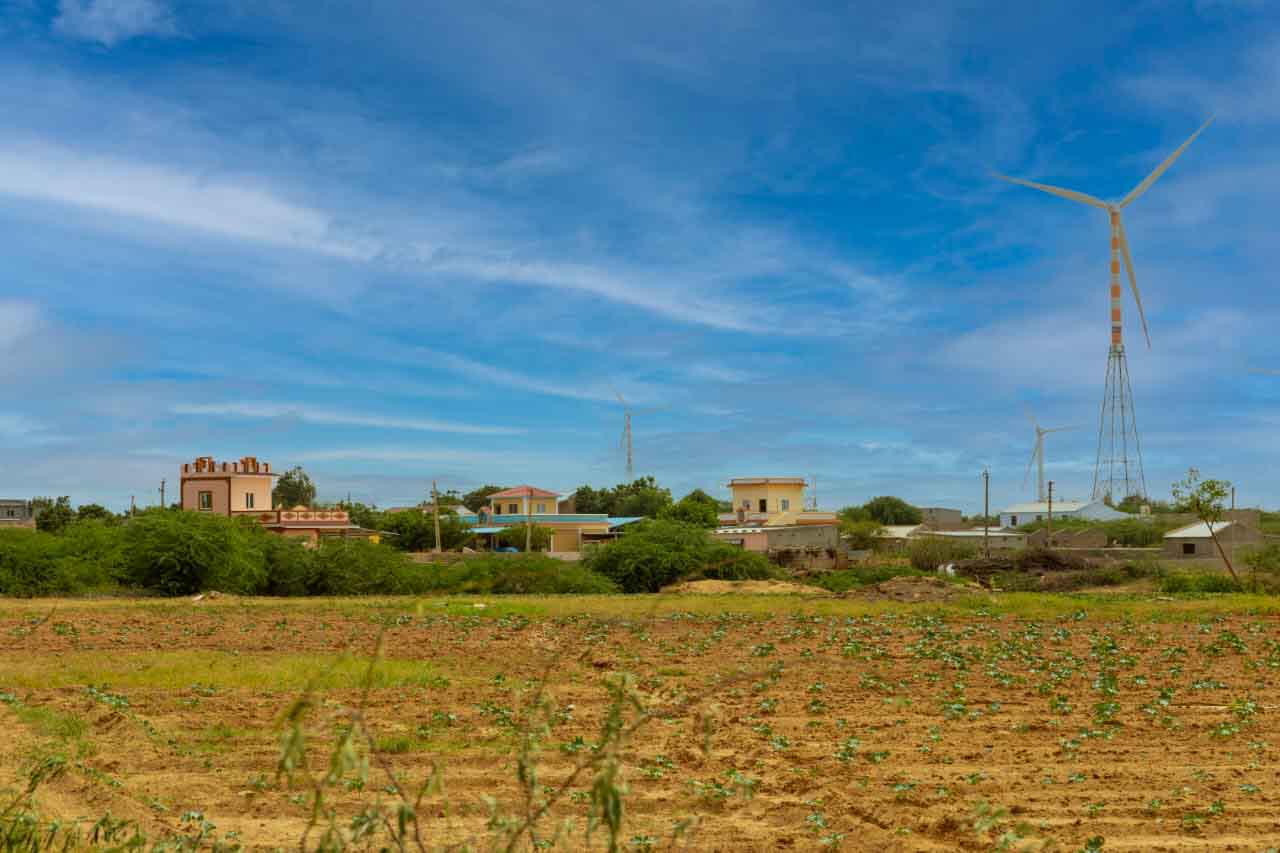Environmental and economic benefits through wind energy
The Indian national grid heavily relies on electricity generated by power plants primarily using carbon-intensive fossil fuels. This project aims to replace this high-emission electricity with clean wind energy. The project encompasses 136 wind turbines, situated in the Kutch Distrcit of Gujarat, with a total capacity of 301.4 MW.
In addition to its significant positive impact on the climate, saving approximately 978,390 tonnes of CO2 emissions annually, the project also enhances the economic landscape of the region. It creates local employment opportunities, attracts additional investments to the area, improves local infrastructure, and enhances the stability of a deficit regional grid. Furthermore, the successful implementation of this project serves as a demonstration of harnessing wind potential, thereby inspiring the establishment of similar projects in the future.
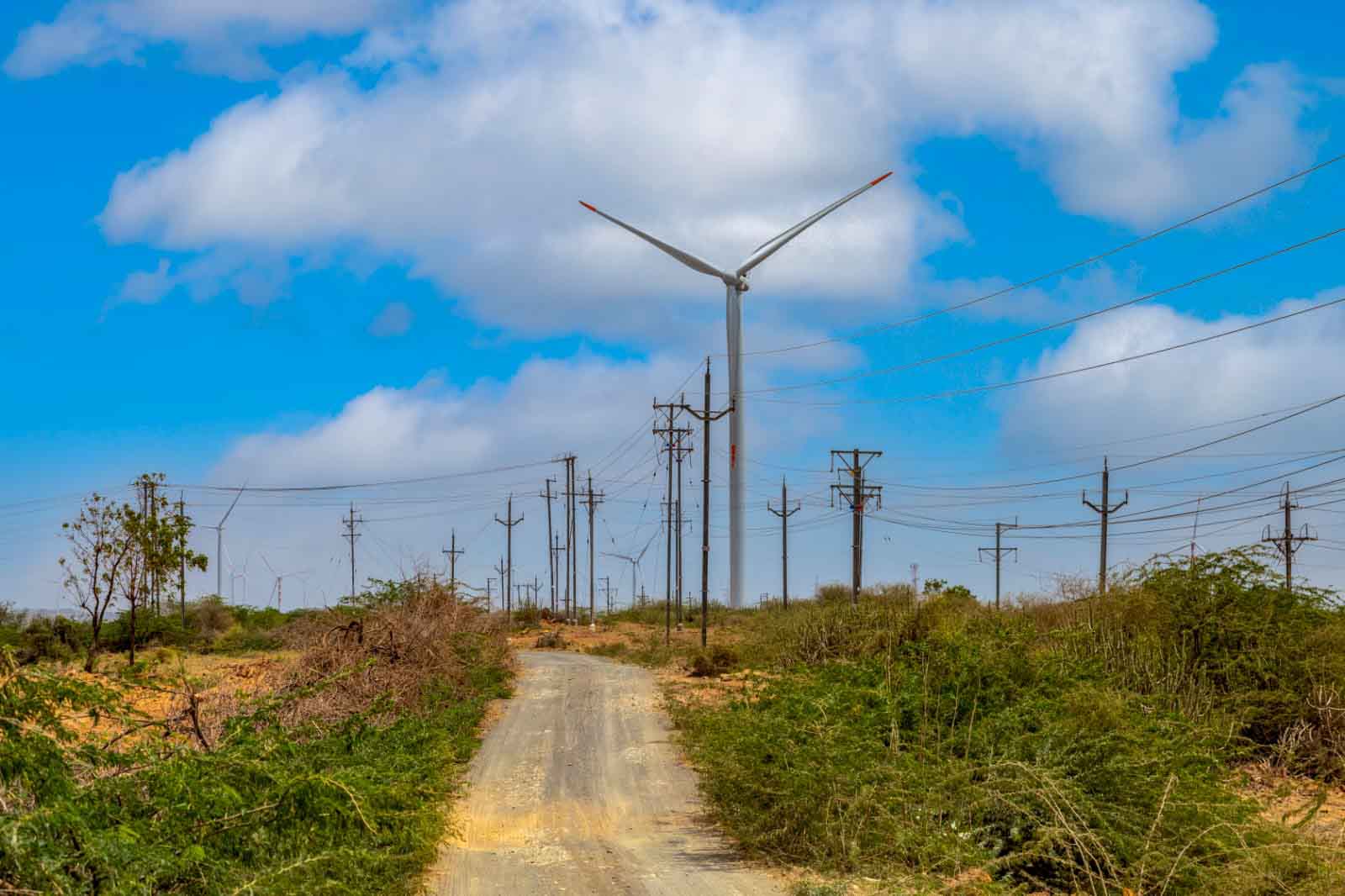
As the name suggests, wind turbines use the power of the wind to generate energy. During this process, a generator located inside the wind turbine converts kinetic energy into electrical energy. As energy is still mainly generated from fossil fuels in many areas around the world, clean wind energy can replace some of this fossil, high-emission energy and verifiably save CO2 emissions.
In most cases, the sustainably generated electricity from the wind power projects is fed into a regional power grid, which diversifies the power supply and improves energy security in regions that are frequently affected by power shortages and outages. A project often creates increased job opportunities for the local population and the area can be used for additional activities, such as agriculture. Wind power projects make an important contribution to a clean energy supply worldwide and contribute to sustainable development with respect to the UN Sustainable Development Goals (SDGs). Wind energy projects in the ClimatePartner portfolio are registered with international standards.
Explore our projects
Biochar for Climate Action, Healthy Soils, and Better Harvests

A certified climate project combined with additional commitment

Expansion of renewable energy generation in Asia
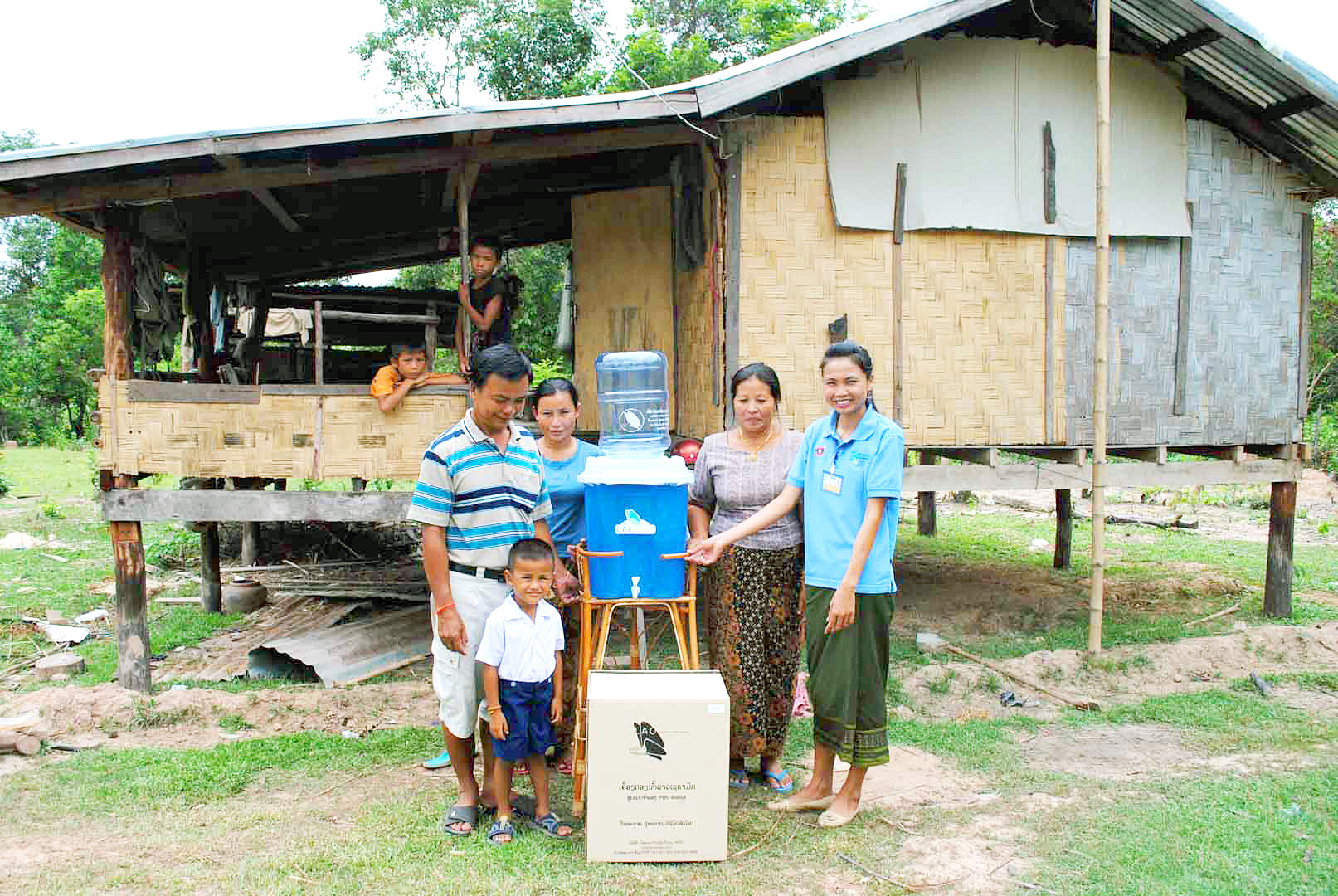
Ceramic water filters save CO2 and improve health
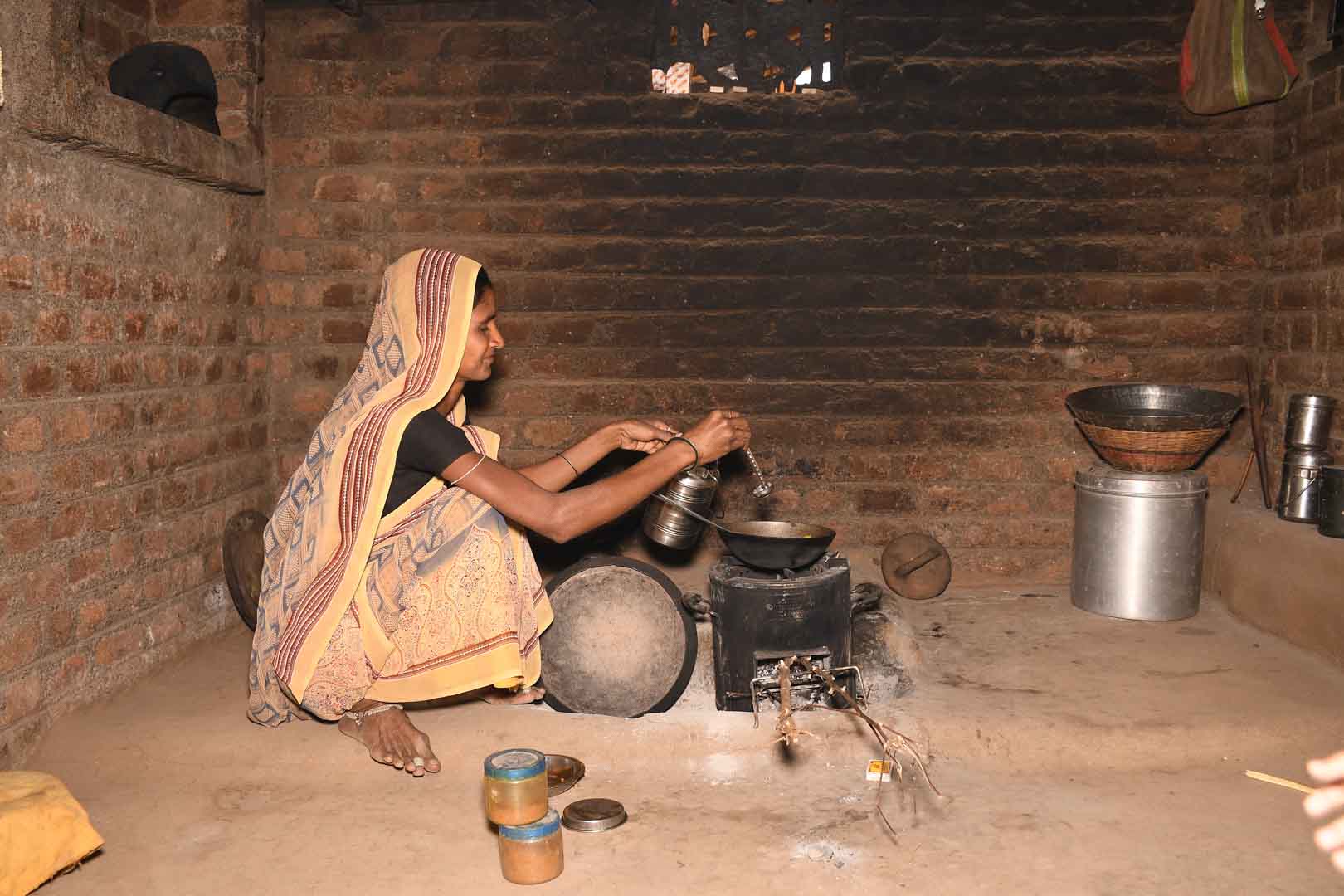
Improved cookstoves worldwide – for better health and cleaner air

A certified climate project combined with additional commitment
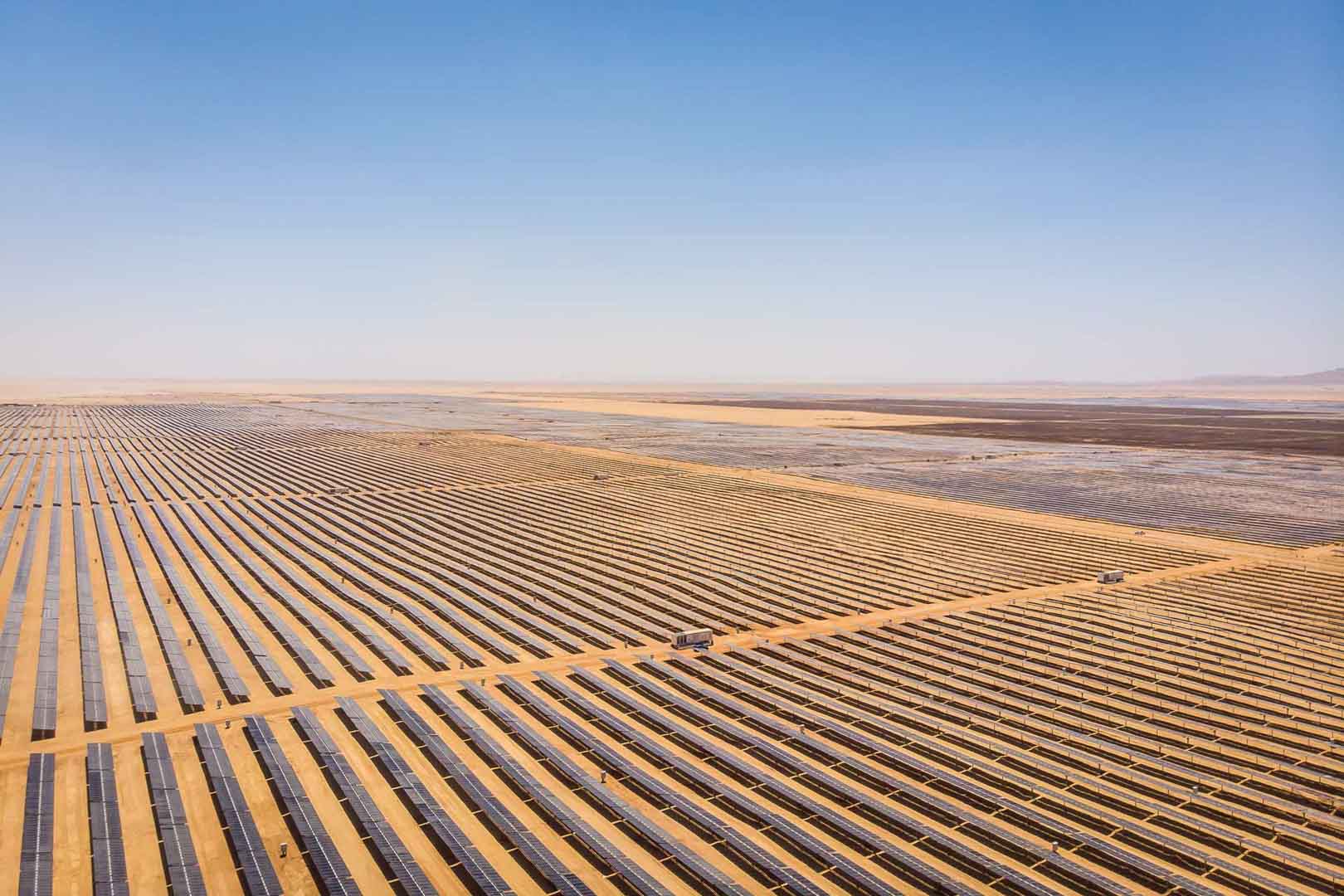
Powering access to renewable energy in Africa
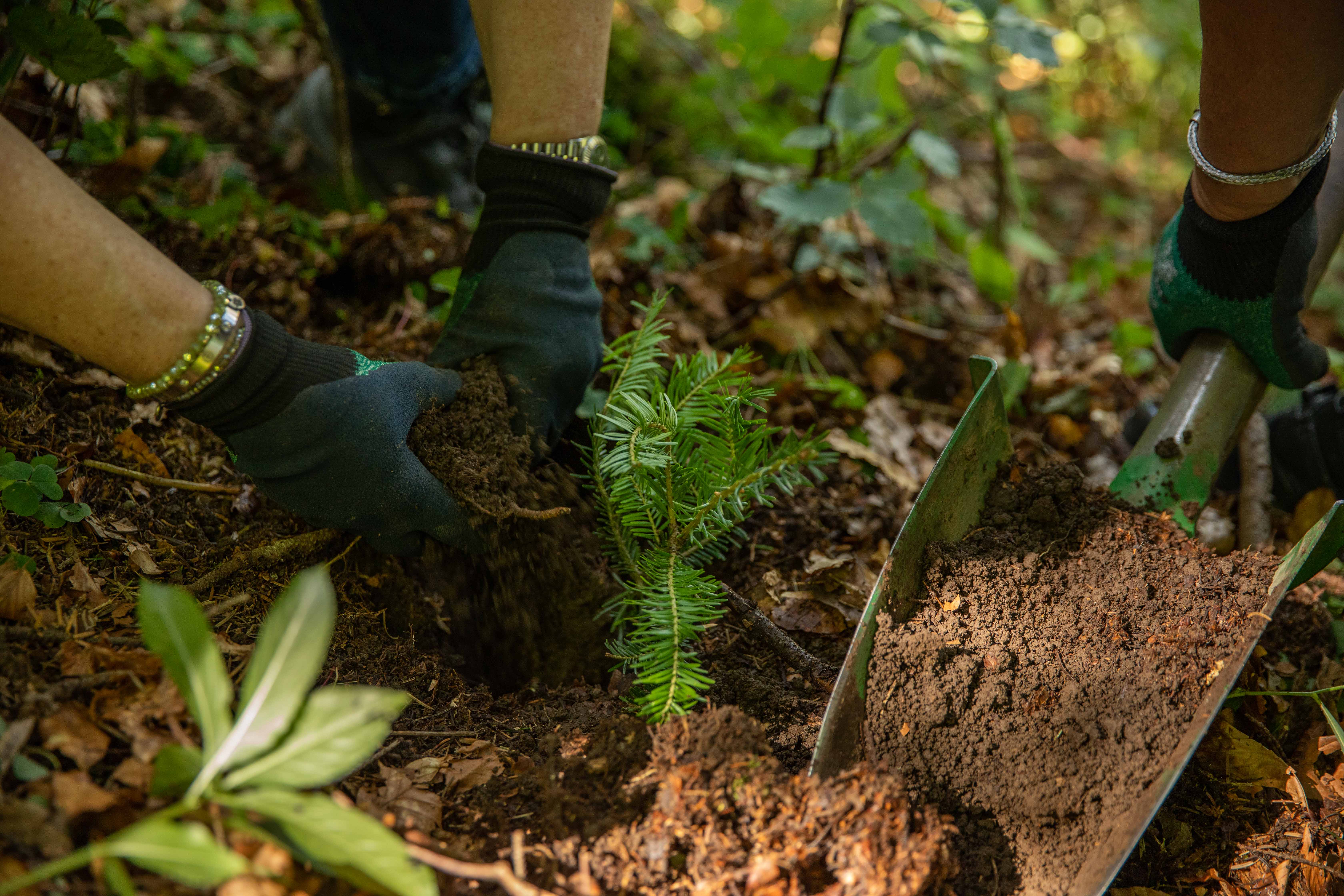
A certified climate project combined with additional commitment
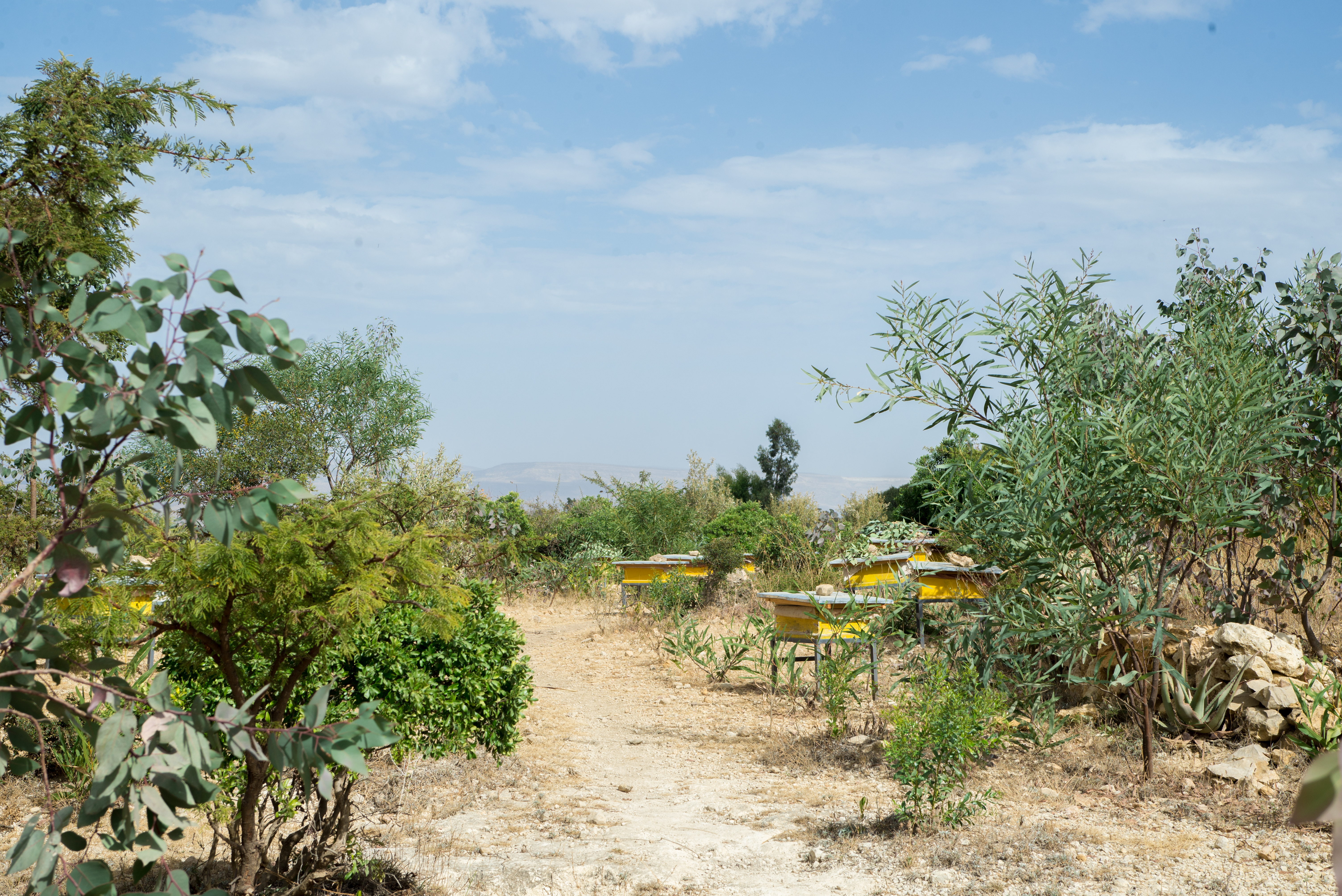
Restored ecosystems remove carbon
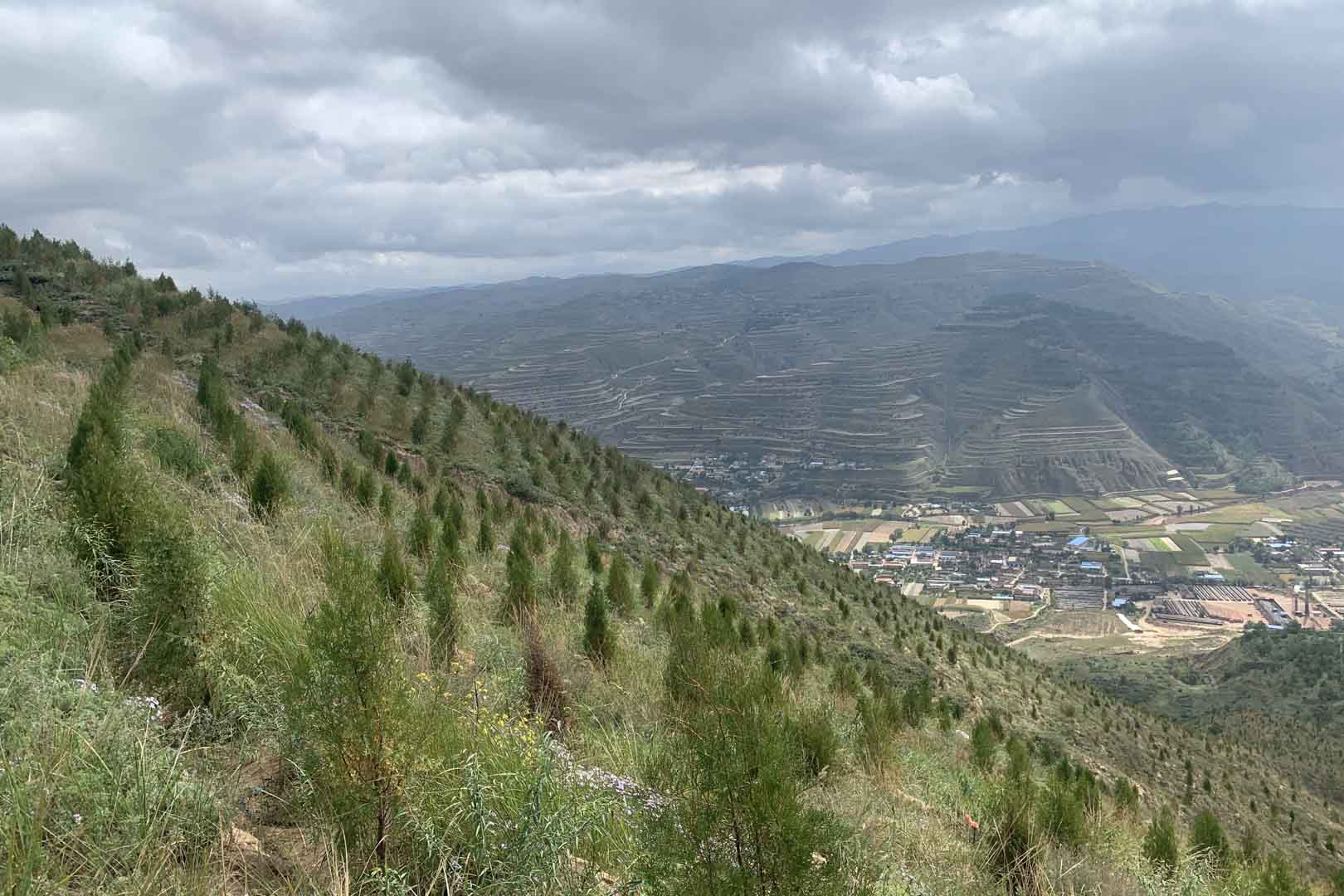
Turning degraded farmlands into healthy ecosystems
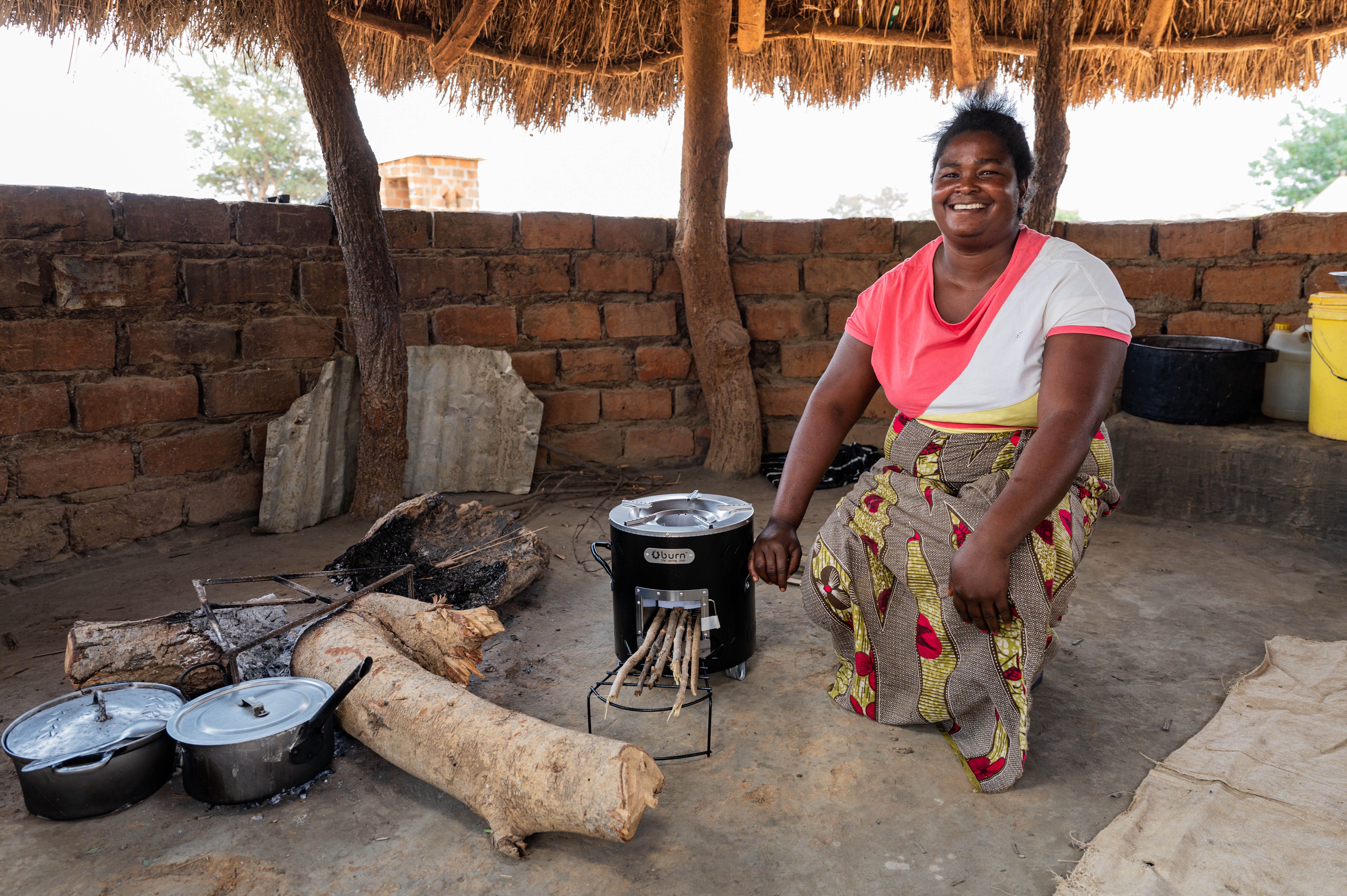
Improved cookstoves - better for health and the environment
